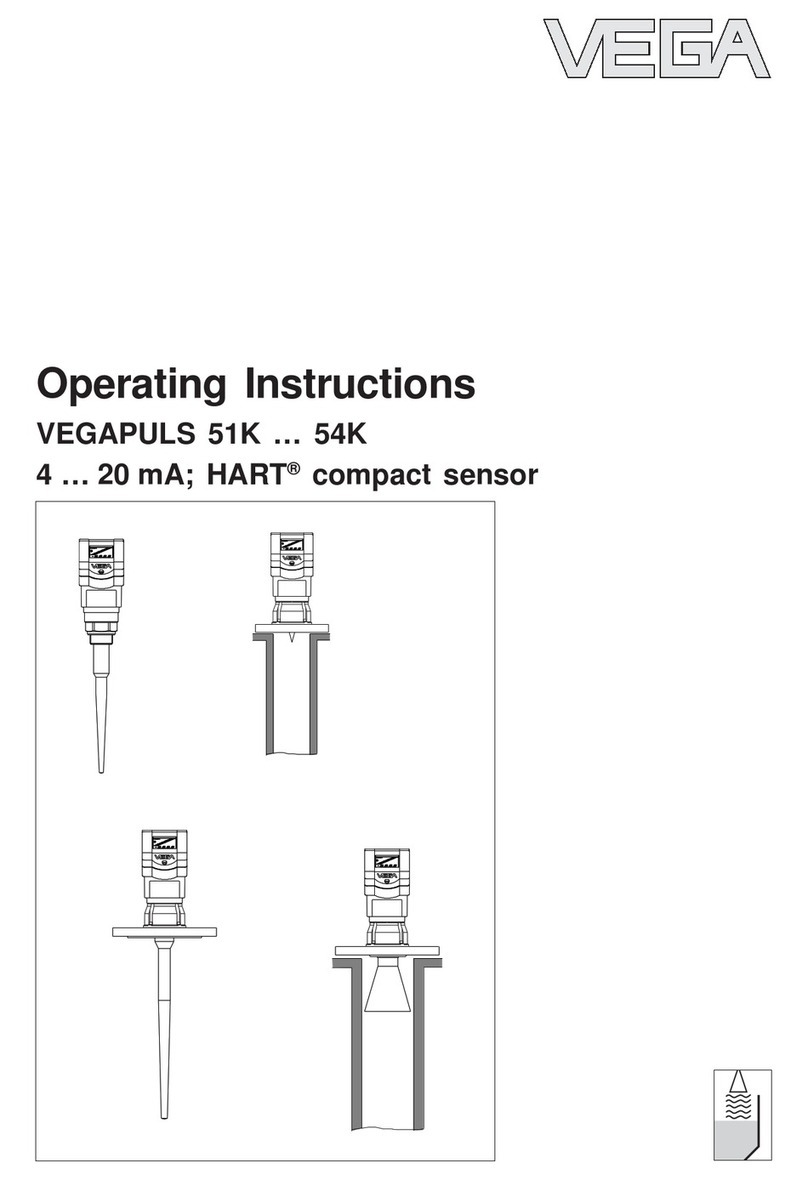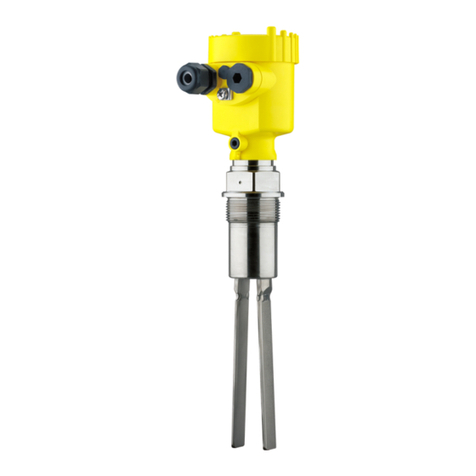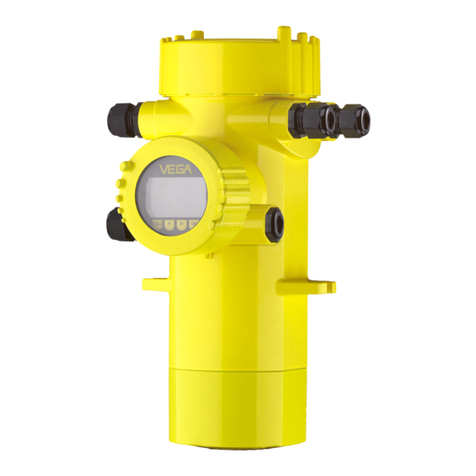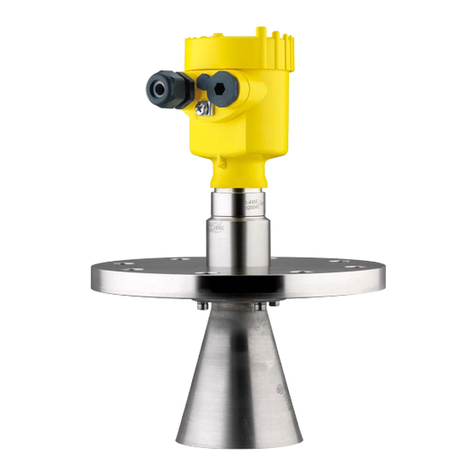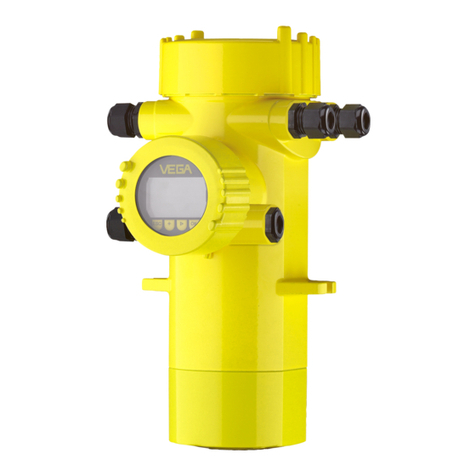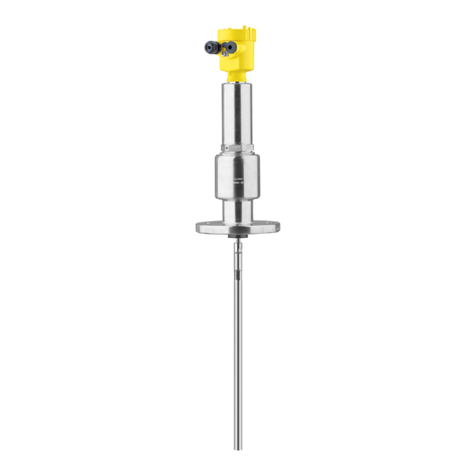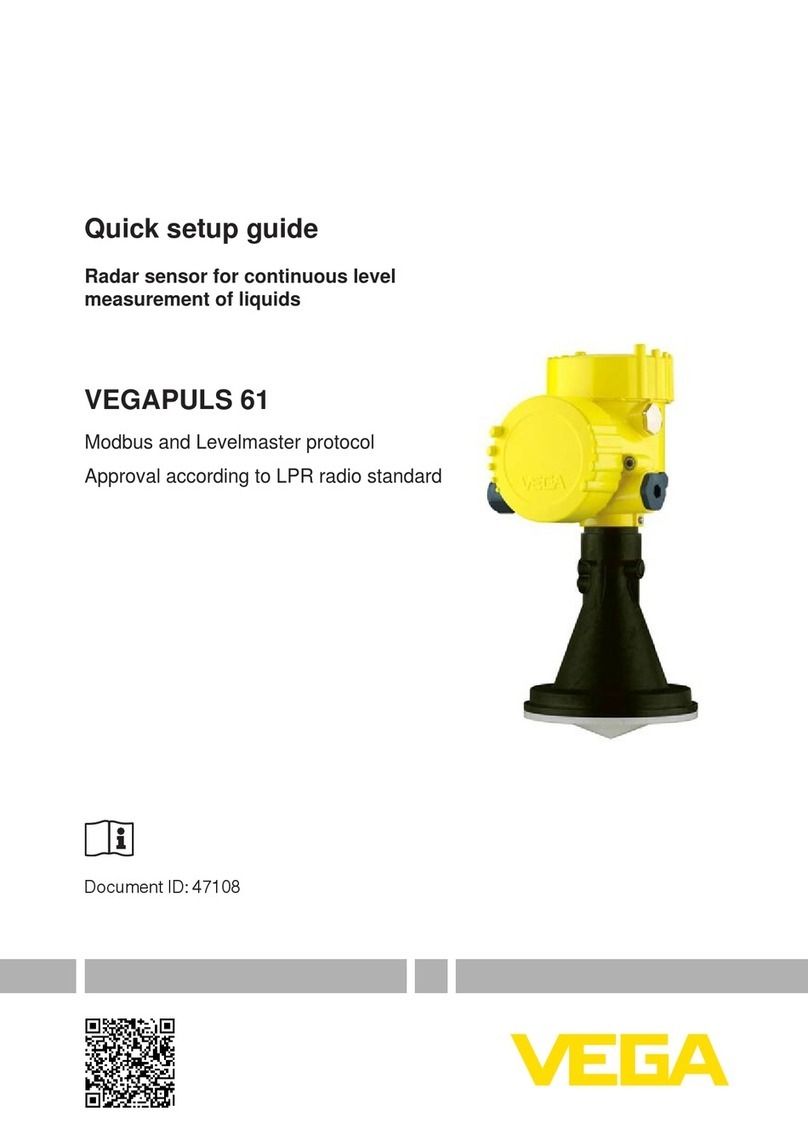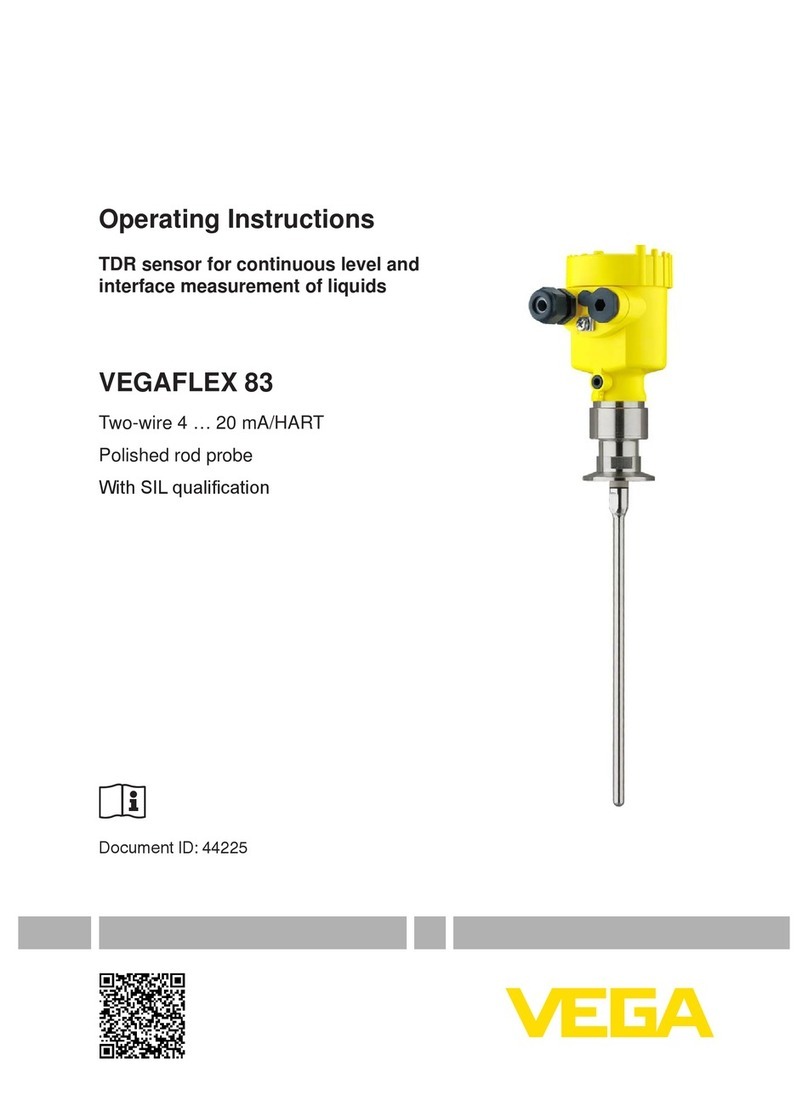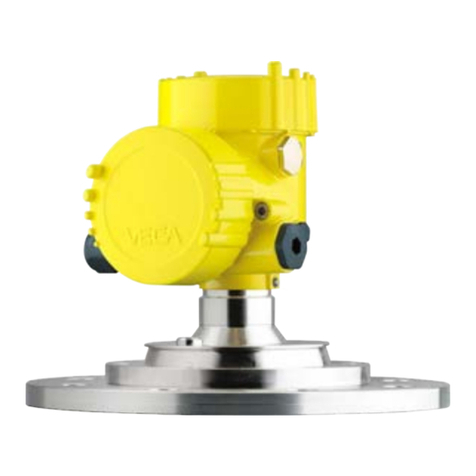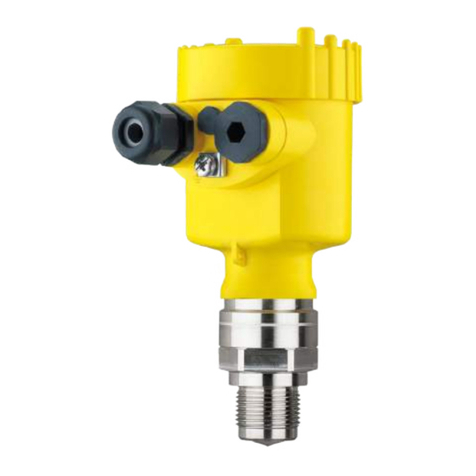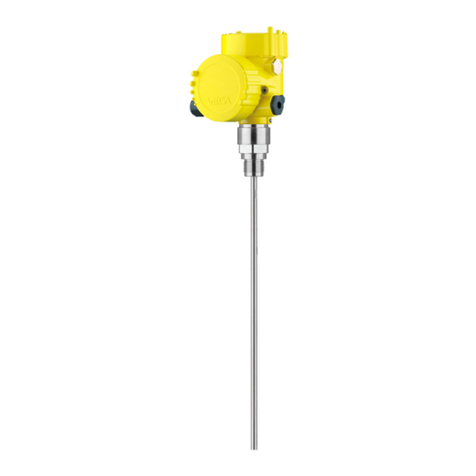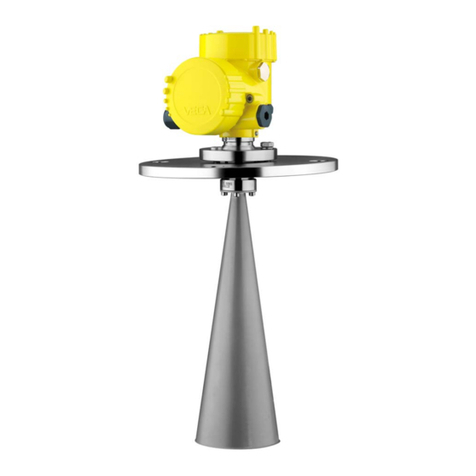2
Contents
VEGAFLEX 81 • Modbus and Levelmaster protocol
41828-EN-121112
Contents
1 About this document
1.1 Function ............................................................................. 4
1.2 Target group ....................................................................... 4
1.3 Symbolism used................................................................. 4
2 For your safety
2.1 Authorised personnel ......................................................... 5
2.2 Appropriate use.................................................................. 5
2.3 Warning about incorrect use............................................... 5
2.4 General safety instructions................................................. 5
2.5 CE conformity..................................................................... 5
2.6 NAMUR recommendations ................................................ 6
2.7 Environmental instructions ................................................. 6
3 Product description
3.1 Conguration...................................................................... 7
3.2 Principle of operation.......................................................... 8
3.3 Packaging, transport and storage..................................... 10
3.4 Accessories and replacement parts ................................. 10
4 Mounting
4.1 General instructions ......................................................... 13
4.2 Instructions for installation................................................ 13
5 Connecting to power supply and bus system
5.1 Preparing the connection ................................................. 19
5.2 Connecting....................................................................... 19
5.3 Wiring plan ....................................................................... 21
5.4 Switch-on phase............................................................... 22
6 Set up with the indicating and adjustment module
6.1 Adjustment volume........................................................... 23
6.2 Insert indicating and adjustment module .......................... 23
6.3 Adjustment system........................................................... 24
6.4 Parameter adjustment ...................................................... 24
6.5 Saving the parameter adjustment data............................. 41
7 Setting up sensor and Modbus interface with PACTware
7.1 Connect the PC ................................................................ 42
7.2 Parameter adjustment with PACTware.............................. 43
7.3 Set up with the quick setup............................................... 44
7.4 Saving the parameter adjustment data............................. 49
8 Set up with other systems
8.1 DD adjustment programs ................................................. 50
8.2 Communicator 375, 475................................................... 50
9 Diagnostics and service
9.1 Maintenance .................................................................... 51
9.2 Diagnosis memory ........................................................... 51
9.3 Status messages.............................................................. 52
9.4 Rectify faults..................................................................... 56
9.5 Exchanging the electronics module.................................. 59
